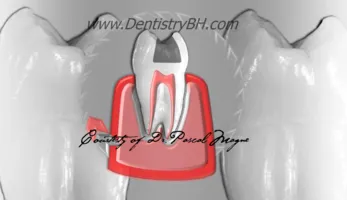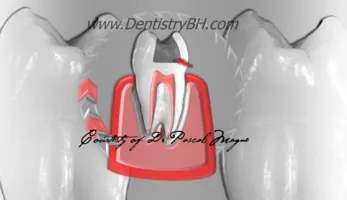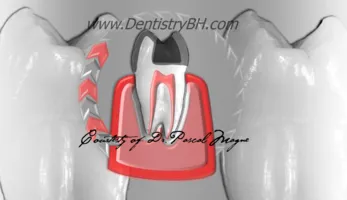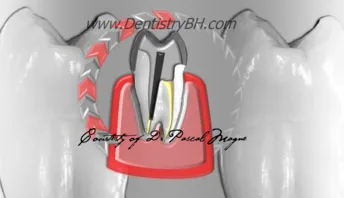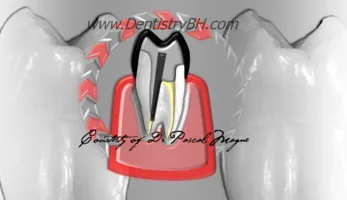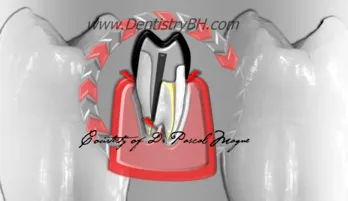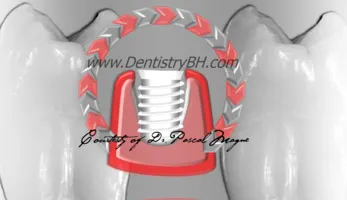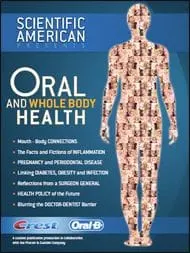Biomimetic Dentistry & The Tooth Cycle of Death
Traditional dental restorations require excessive removal of healthy tooth structure in order to restore the tooth. This weakens teeth and results in what experts in biomimetic dentistry call, “the tooth cycle of death”. This cycle ultimately results in failure and loss of a tooth. Through the use of advanced adhesive techniques, Biomimetic dentistry allows for maximum conservation of tooth structure. As a result, restorations last longer and teeth are retained throughout life.
The Tooth Cycle of Death in Dentistry
The Tooth Cycle of Death describes the typical scenario which occurs with the traditional dental approach:
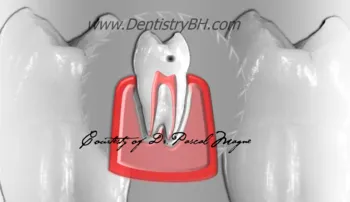
A silver filling is placed but additional healthy tooth structure is removed to accommodate the requirements for the silver filling. The tooth is significantly weakened.
If a biomimetic restoration were placed, maximum tooth structure could have been conserved.
The structurally compromised tooth is stressed from normal forces and cracks begin to form. Eventually, a section of the tooth fractures.
The minimum requirements of a crown can not be met with the remaining tooth structure. The tooth will need a root canal, post, and core to allow for adequate retention of the crown.
The root canal, post, and core are completed but the tooth is no longer vital.
All this is required in order to keep the crown in place, otherwise it would keep coming off. With a biomimetic restoration, adhesive dentistry would have prevented the necessity for root canal, post, and core because adhesion would keep the restoration from coming off with a strong natural bond.
The final crown is placed and the resulting complex is extremely stiff and rigid, nothing like the biomechanics of a natural tooth.
The stiffness of the tooth results in destructive forces to be transmitted to the root structure of the tooth and below the crown. Ultimately, this results in root fracture of the tooth and the tooth is no longer saveable.
The tooth is extracted and an implant restoration is the final treatment option. The cycle could have been prevented with Biomimetic Dentistry.













